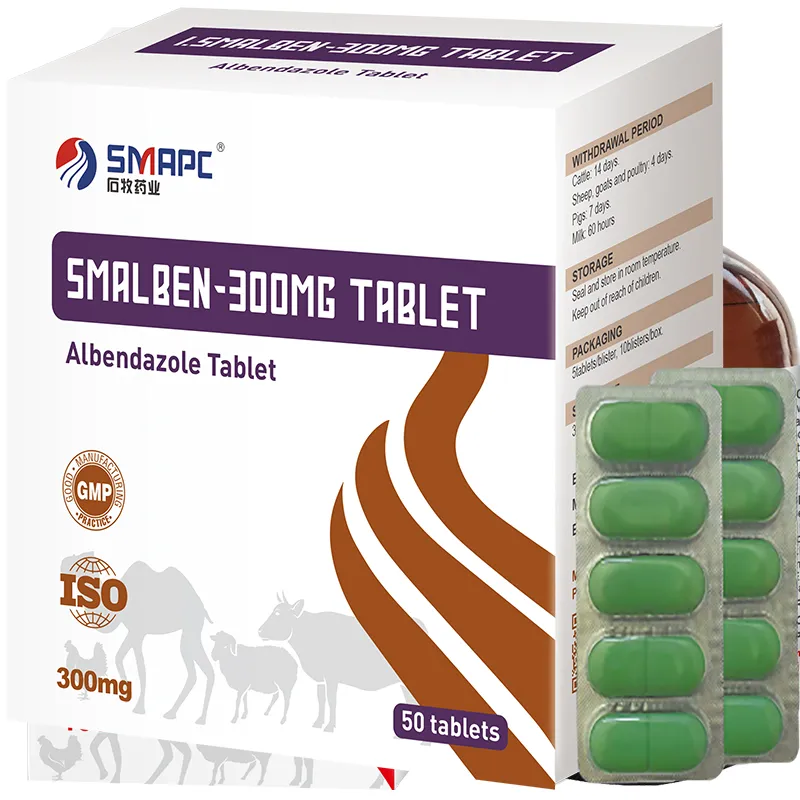In addition to preventive measures, veterinary medicine also involves diagnosing and treating illnesses. Veterinarians utilize various diagnostic tools, including blood tests, imaging technologies, and necropsies, to identify the underlying causes of health issues. For example, bovine lameness is a common challenge in cattle management, often linked to a variety of factors such as nutrition, housing, and genetics. Early detection of lameness can prevent further complications and improve recovery outcomes. Treatment may involve medications, surgical interventions, or changes in management practices.





